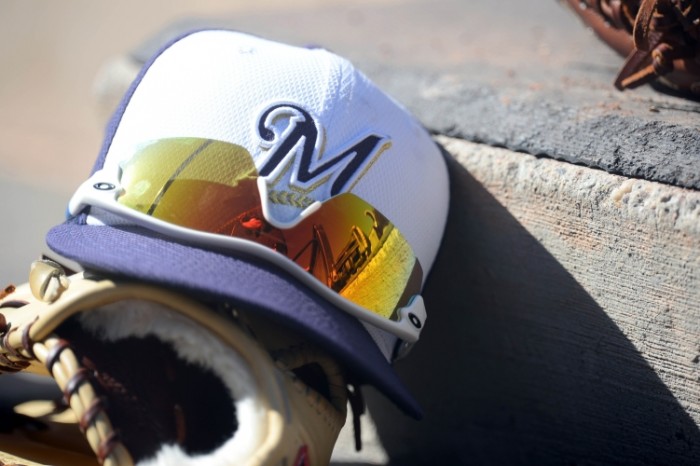Thankfully, after the roller coaster of emotions that was this past week, the Brewers are off on Monday. This off-day will give the Brewers a critical opportunity to skip their currently vacant fifth spot in the rotation and avoid either a start from Aaron Wilkerson or another Johnny Wholestaff game started by Jeremy Jeffress or somebody else in Milwaukee’s bullpen. Still, the Brewers will probably need to rely on at least one such game in their final six, unless you’re down to entrust a full start in one of the last games of a playoff push to Junior Guerra and his 5.02 ERA.
Obviously, we would all rather have Jimmy Nelson around. But unfortunately, the Brewers have to fill those innings. I discussed it with Matt Pauley of Brewers Extra Innings, where I brought up a strategy that has gotten some love in sabermetric circles but has only rarely been used by major league teams: piggybacking starting pitchers. The Book, a seminal sabermetric text from 2007, mentions this in a chapter discussing optimal pinch-hitting strategies. One thing I appreciate about The Book’s presentation is its willingness to look at absurdly extreme strategies, even if they would never be used by a major league manager in a million years.
One such question asked in The Book: What if National League teams pinch-hit for their starting pitchers every time they came up to bat? According to The Book’s data, using statistics from the 1999-2002 seasons, for context, pinch-hitting every time would produce 68 runs over the course of the season, increasing runs per game from 4.83 to 5.25 (remember the steroid era? wild!). But not every pitcher is the same. We wouldn’t want to pinch-hit for Jimmy Nelson even if roster size issues, the necessity of resting bench players, the requirement of a backup catcher, etc. didn’t make such a plan unrealistic, particularly during the grind of the regular season.
Aaron Wilkerson or Brandon Woodruff, though? The drop-off from their performance to that of a reliever would be slim to none. Particularly in a must-win game, squeezing another inning or two out of a replacement level (or even below-average) starting pitcher is not worth squandering a chance to score.
The choice becomes all the more clear in September, when bullpens are big enough to easily handle the workload. Not only do you gain from having real life Major League hitters take these at-bats, a pitcher does not have to face hitters a second or third time through the batting order. According to The Book, hitters performed roughly nine points of wOBA better against a starting pitcher each time through the order. That may not sound like much, but nine points of wOBA comes out to about 50 runs for a team season, or 0.3 runs per game. The big difference deep in the game is a lack of strikeouts: rates dipped from 16.8 percent the first time through to 14.8 percent the second time and 14.0% the third time.
One thing I appreciate about Craig Counsell and David Stearns’s approach to managing the rotation in the wake of Nelson’s injury is their willingness to use this out-of-the-box approach. Circumstance has forced their hand, and the presence of arms like Josh Hader, Jeremy Jeffress, Brent Suter and Junior Guerra, capable of going multiple innings, has helped immensely. But even so, many managers and front offices would have been unwilling to use such an unorthodox strategy, particularly in the midst of their first playoff race.
I don’t think many people were expecting the Brewers to be able to stick around this long without Nelson, and here they are just two games out of the playoffs with six to play. It has taken great resourcefulness to get here, and they’ll need to keep wringing as much as they can out of this roster for one more week to make a run to October
